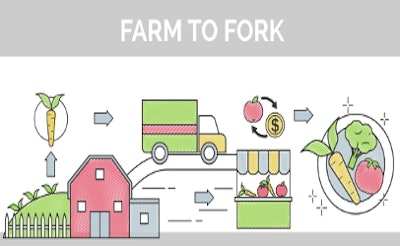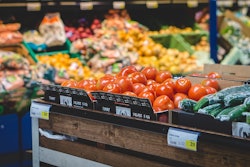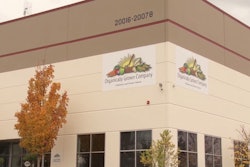
A Pew Charitable Trusts study released this month examines “preharvest” food safety control measures currently used on farms and feedlots and concludes that efforts to reduce contamination of meat and poultry products from harmful pathogens requires a comprehensive “farm to fork” approach.
The study specifically examined food safety control measures designed to limit exposure on farms and feedlots to pathogens such as Salmonella, Coli and Campylobacter that can affect cattle, swine and poultry. According to the study, these pathogens accounted for a substantial portion of foodborne illnesses linked to meat and poultry consumption. The study also reports that the annual cost of foodborne illnesses (i.e., medical costs, lost income and productivity) attributable to the consumption of such foods is estimated at $1.4 billion for beef, $2.5 billion for poultry and $1.9 billion for pork.
The study highlights the key characteristics shared by effective pre-harvest programs, including, but not limited to:
-
Reliance on feed safety, biosecurity and pathogen surveillance, as well as specific pre-harvest interventions.
-
Combining multiple interventions, which improves the efficacy of the programs, makes use of potential synergisms between interventions, and reduces the ability of the pathogen to evolve mechanisms to circumvent an intervention.
-
Targeting interventions to the animal species and production system, allowing implementation when and where they work best and are successful, feasible and cost-effective.
To read the full original article, please click here.

















